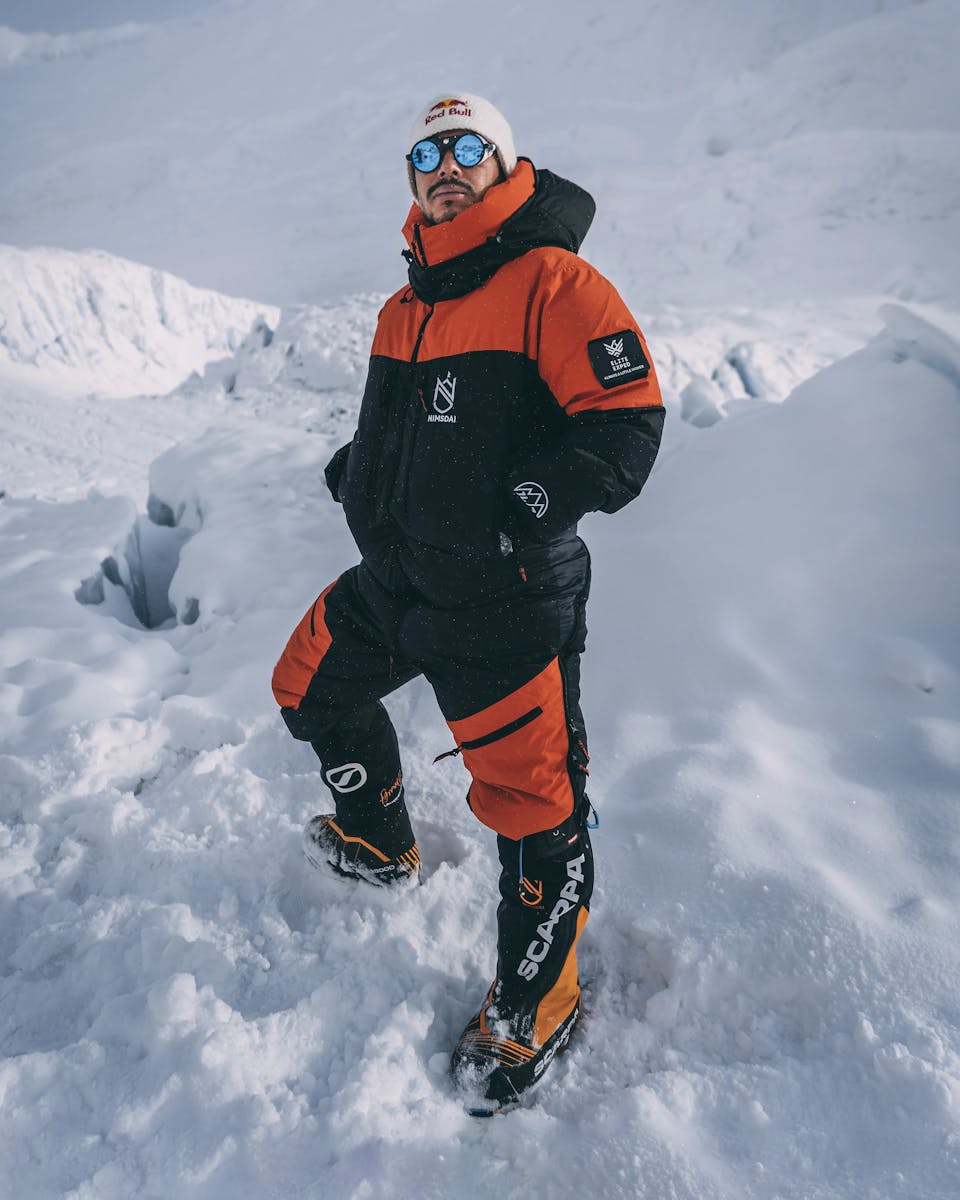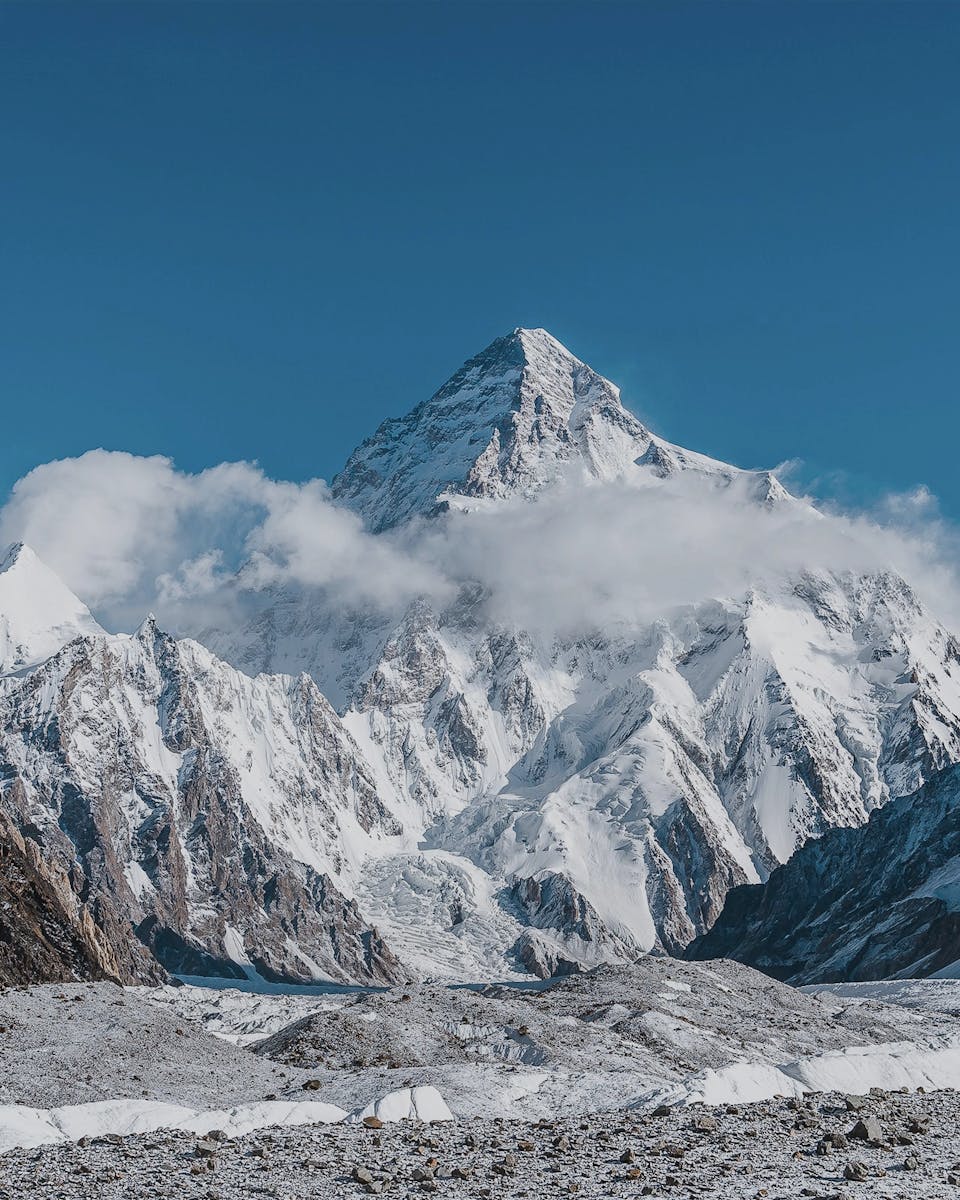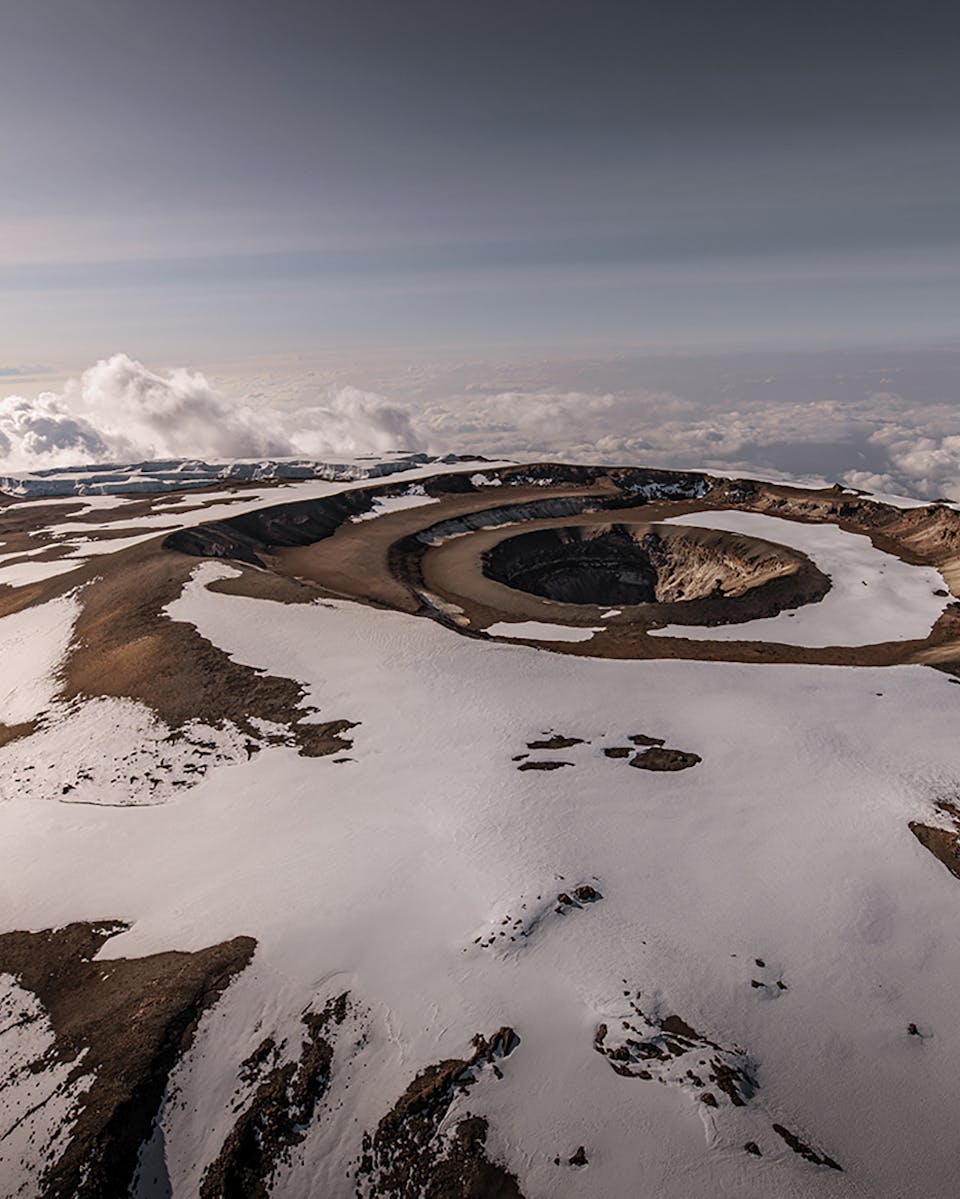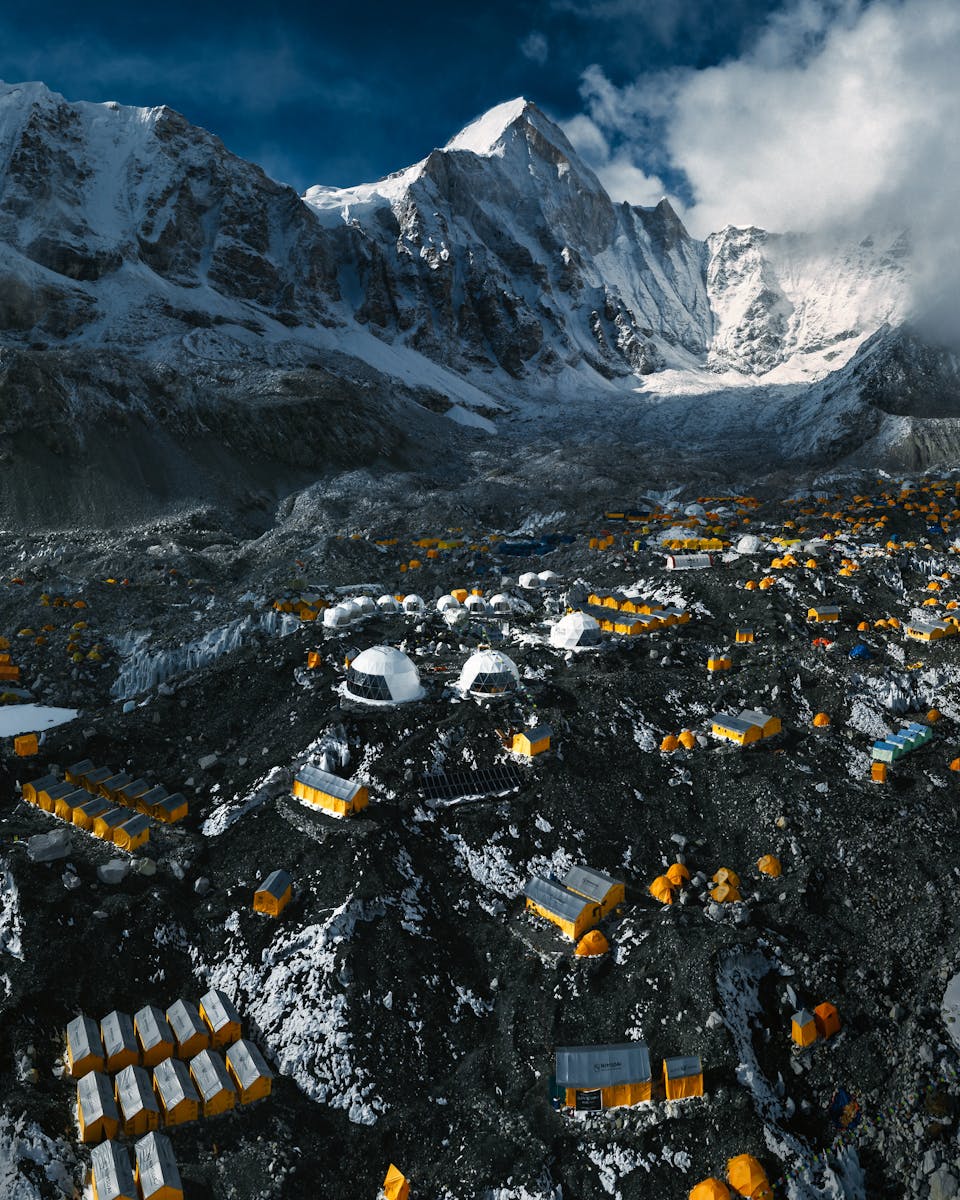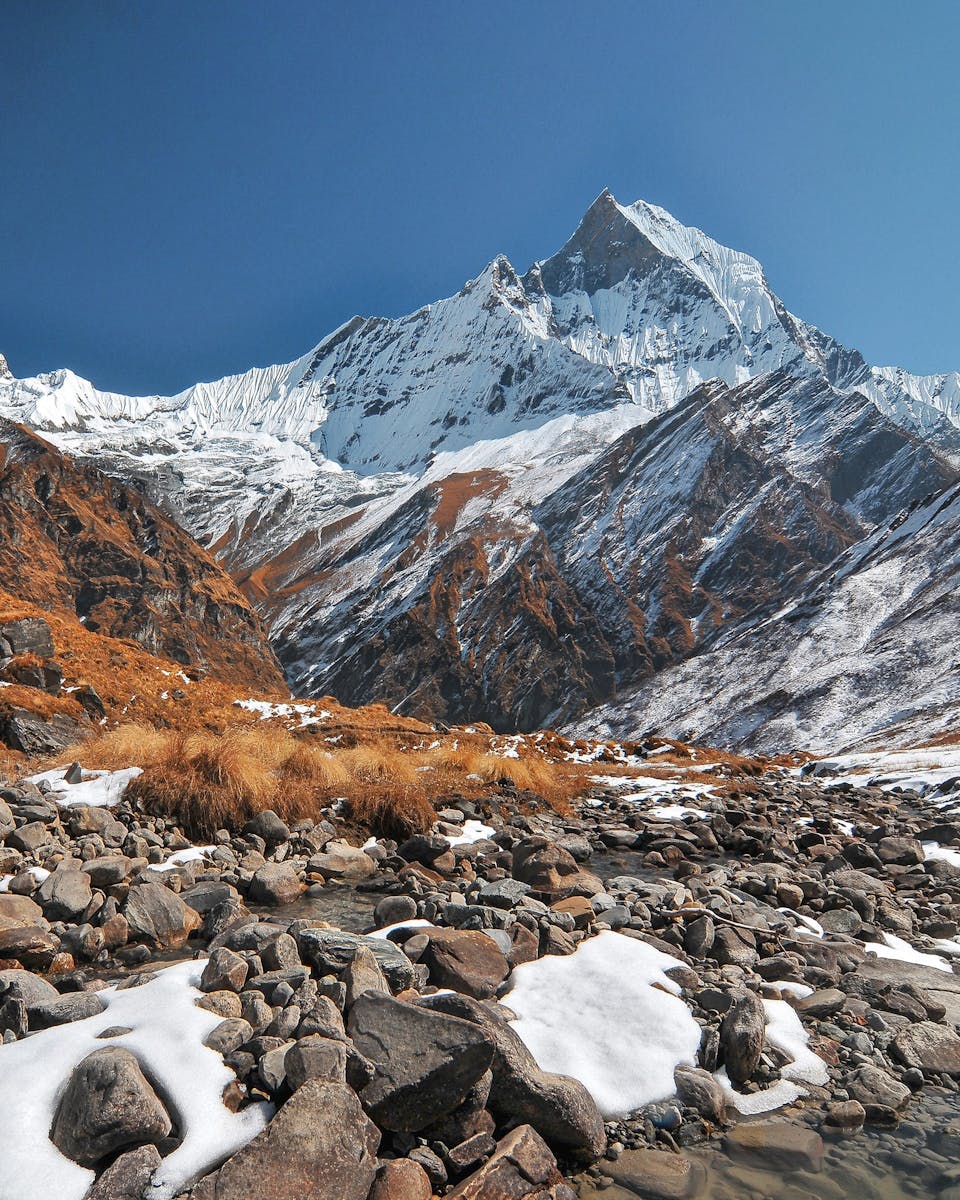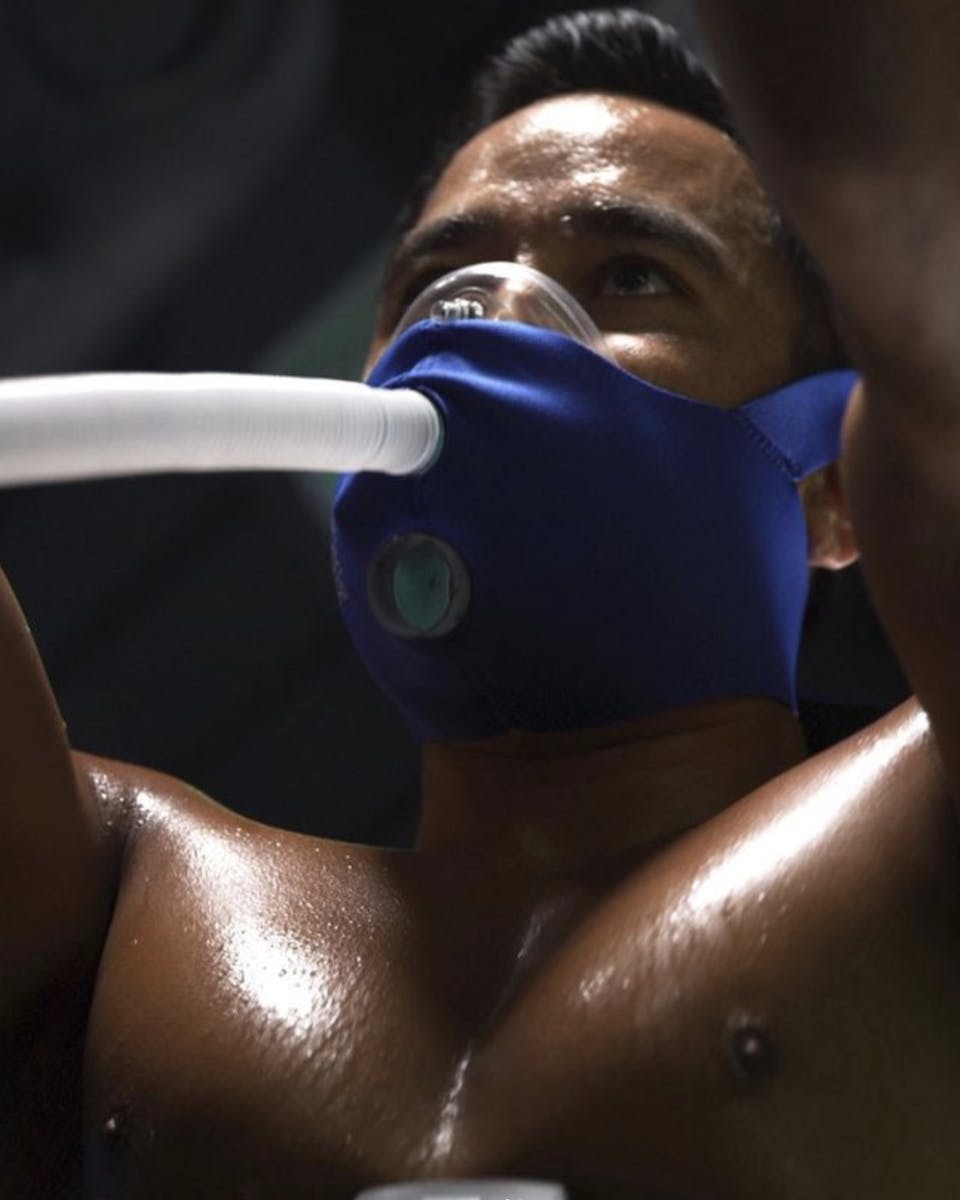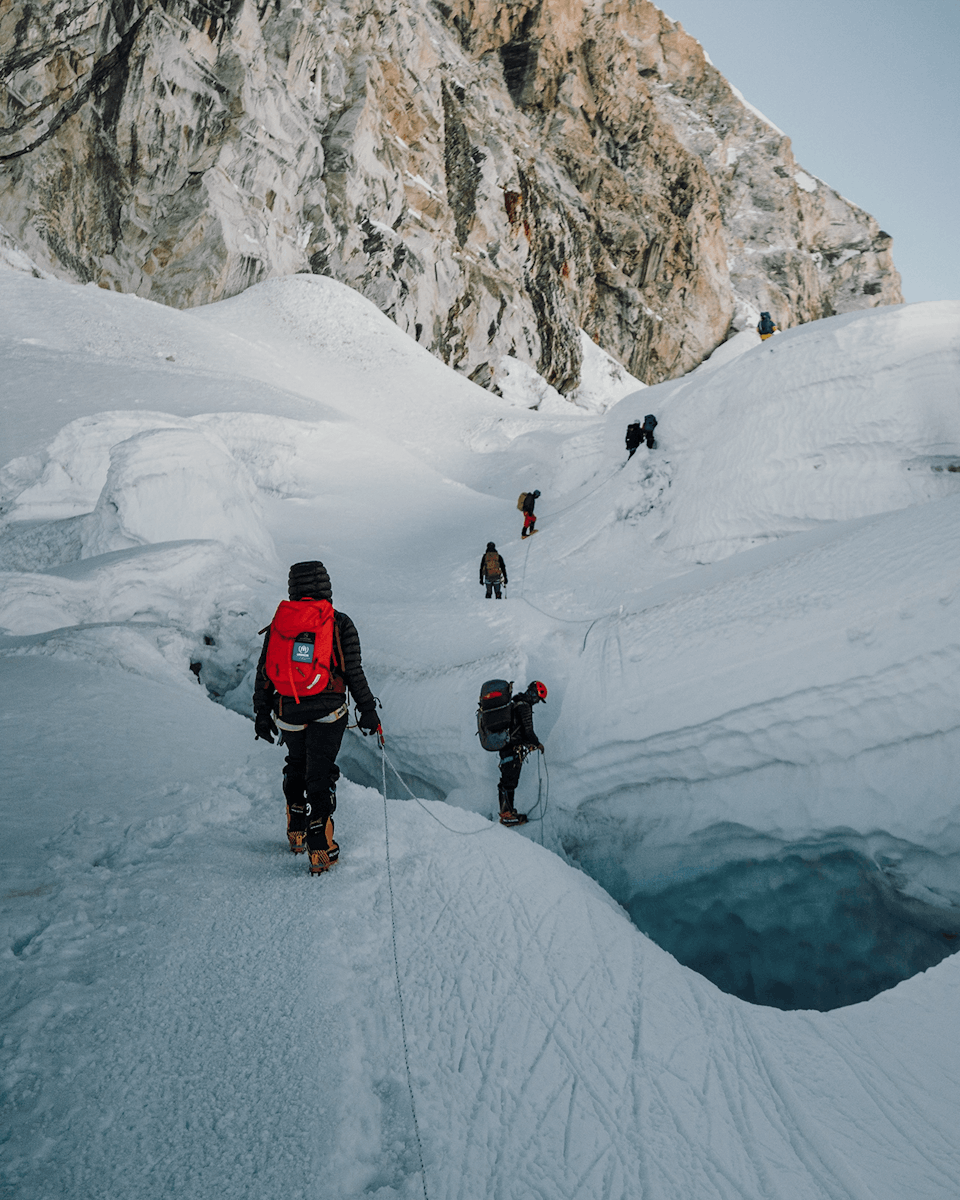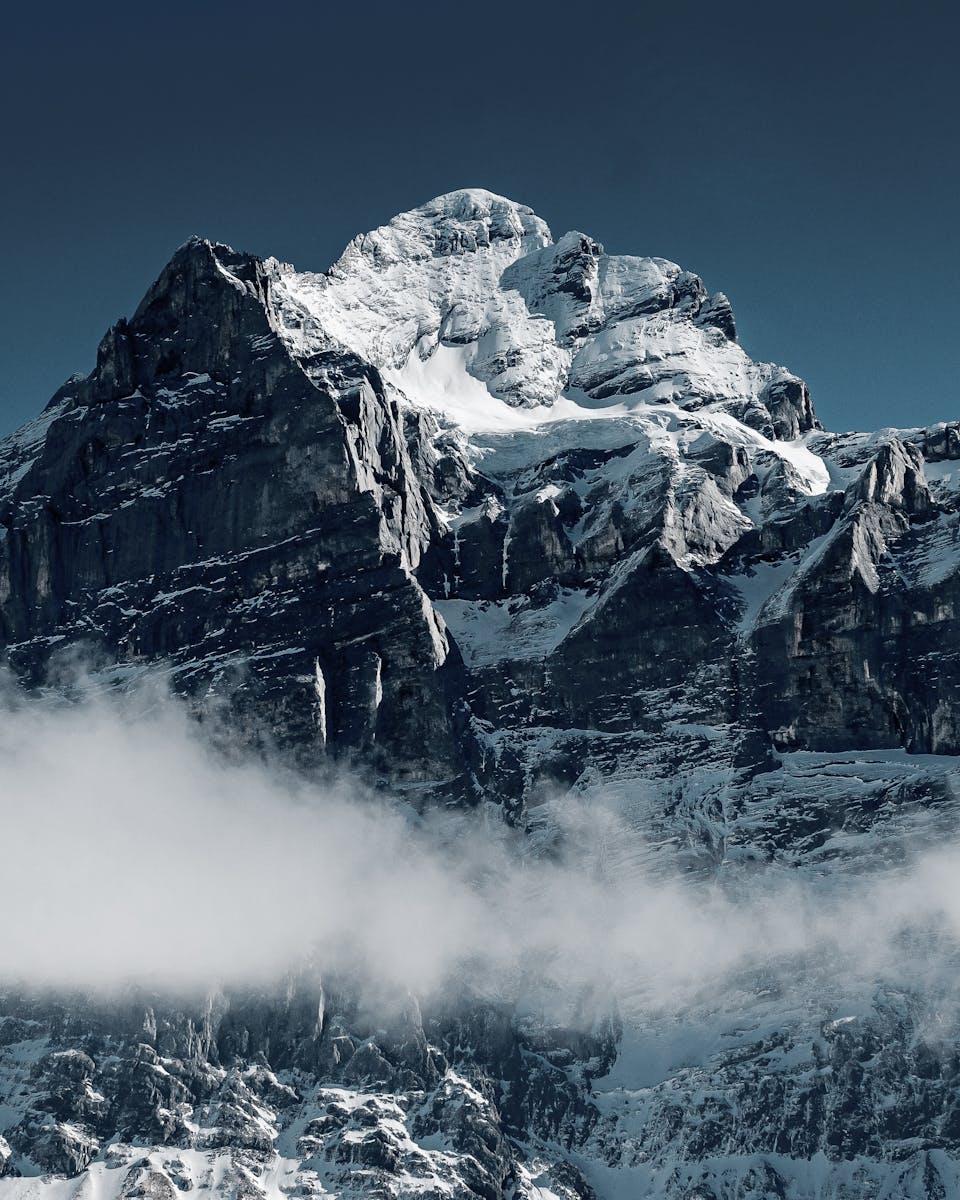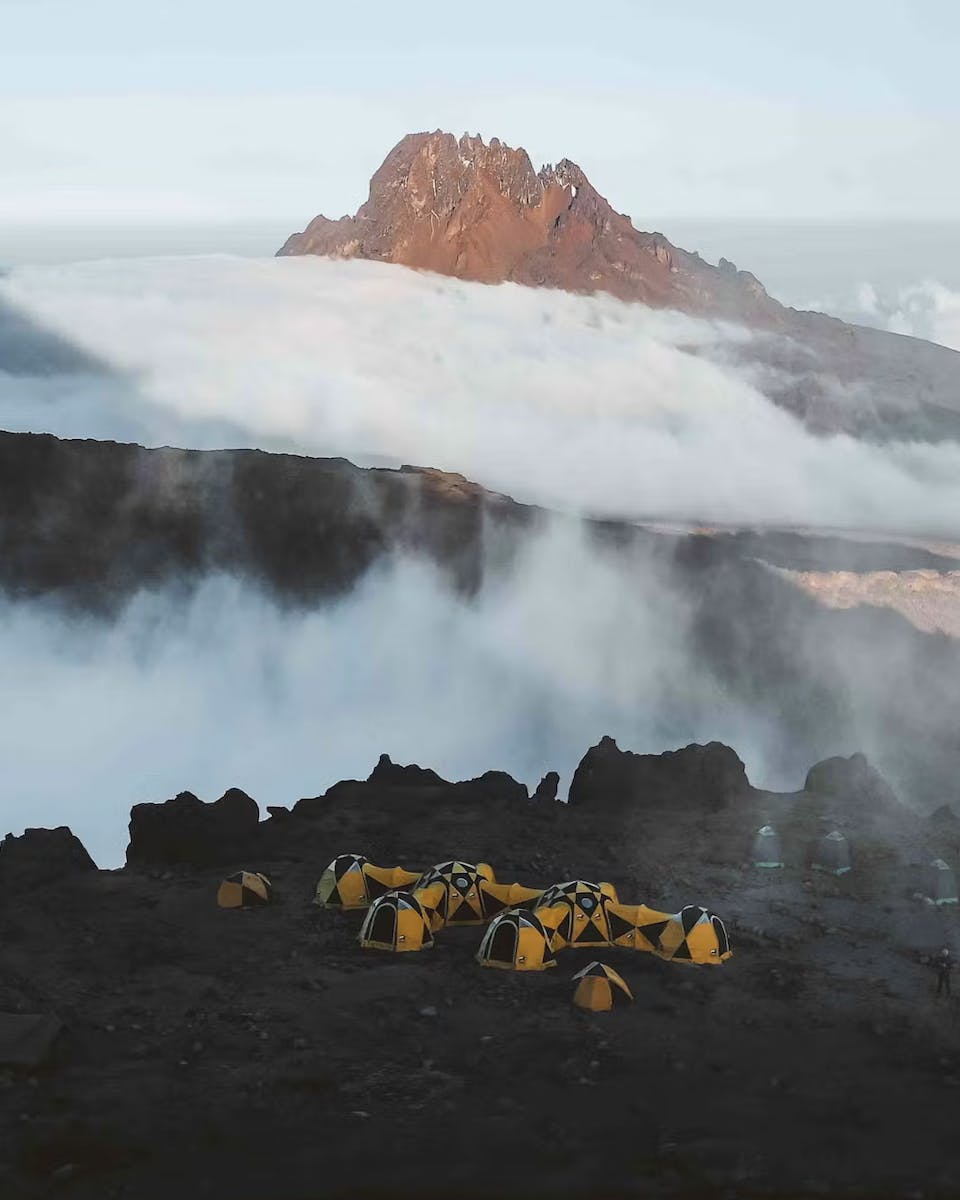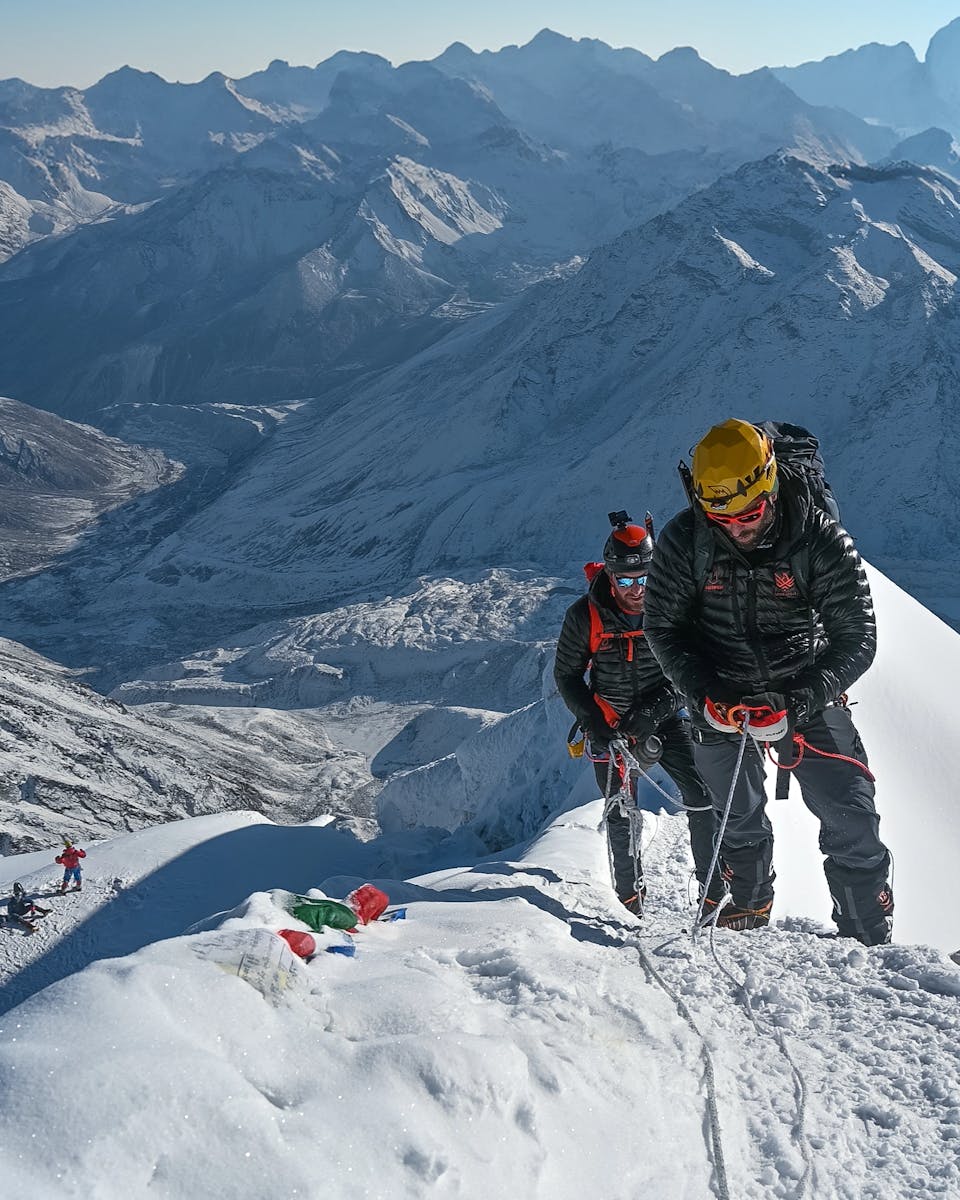Elite Exped’s trek to Lobuche East Peak unfolds over the course of 20 days. Here is a day-by-day breakdown of what to expect:
Day 1: Arrival in Kathmandu
Participants arrive in Kathmandu, where they are transferred to a hotel for a welcome brief. This session includes important safety and expedition briefings, equipment checks, and introductions to the Elite Exped team. This time is also used to ensure climbers are fully prepared with gear and clothing, adjusting anything needed before departure for the mountains.
Day 2: Gear check & final preparations in Kathmandu
This day is dedicated to completing official formalities, such as securing permits for Lobuche East Peak and finalising any equipment needs. Participants will also meet their guides, ask questions, and fine-tune their gear under expert supervision. This stage is critical as it ensures that all climbers have the proper equipment and understanding of the upcoming challenge.
Day 3: Flight to Lukla & trek to Phakding
The expedition kicks off with a scenic, short flight from Kathmandu to Lukla (2,860 meters), the gateway to the Khumbu region. From here, participants begin their trek with a gentle hike to the village of Phakding (2,610 meters). This trek is crucial for beginning the acclimatisation process.
Day 4: Trek to Namche Bazaar
The trek continues to the bustling Sherpa town of Namche Bazaar (3,440 meters), known as the gateway to Everest. This trek is more challenging, with steep ascents, but climbers are rewarded with breathtaking views of Mount Everest and other iconic Himalayan peaks along the way. Namche is the perfect place to rest, acclimatise, and explore before continuing upwards.
Day 5: Acclimatisation in Namche
A rest day in Namche allows participants to acclimatise and avoid altitude sickness. Climbers are encouraged to take short hikes around the village, such as to Everest View Hotel or the nearby National Park Museum. These hikes help climbers adjust to higher altitudes while offering spectacular views of the surrounding landscape.
Day 6-7: Trek to Debuche and Dingboche
The route now takes participants through scenic forests and past the famous Tengboche Monastery, eventually leading to Debuche (3,820 meters). The next day, the journey continues to Dingboche (4,410 meters), where the terrain becomes more rugged and the altitude more challenging. At Dingboche, climbers are treated to stunning views of Ama Dablam and other peaks.
Day 8: Acclimatisation hike to Nagarjun Hill
To prepare for higher altitudes, climbers take an acclimatisation hike to Nagarjun Hill, which reaches 5,100 meters. This challenging trek helps the body adapt to lower oxygen levels and builds endurance. From the summit, climbers enjoy panoramic views of Lobuche, Makalu, and other towering peaks.
Day 9: Trek to Lobuche Village
After leaving Dingboche, the trail gradually ascends to Lobuche (4,940 meters). This leg of the journey passes through the Khumbu Glacier's lateral moraine, where participants can observe memorials of fallen climbers. The day ends with a much-needed rest at the village to prepare for the upcoming summit push.
Day 10: Trek to Gorakshep & visit Everest Base Camp
This day offers the opportunity to visit Everest Base Camp (5,364 meters). The trek to Gorakshep (5,170 meters) involves walking along glacial paths, providing stunning views of the Khumbu Icefall. After reaching Everest Base Camp, climbers return to Gorakshep for the night.
Day 11: Hike to Kalapathar & trek to Lobuche Base Camp
An early morning hike to Kalapathar (5,545 meters) provides the best vantage point for viewing Everest's summit. After enjoying the sunrise over the mountains, participants trek back down to Lobuche Base Camp (4,950 meters), where they will begin preparing for the summit.
Day 12-13: Pre-summit training at Lobuche Base Camp
Elite Exped offers comprehensive training at Lobuche High Camp (5,400 meters). Here, climbers practice essential skills like using crampons, ice axes, and ropes for glacier travel and ice climbing. These sessions, led by experienced guides, focus on building the confidence and technical expertise needed for the summit attempt.
Day 14: Summit day - Lobuche East Peak
Summit day starts early, with climbers leaving the high camp for the final ascent. The route to the summit involves navigating through snowfields and climbing icy slopes. The peak's steep sections require endurance, but climbers are rewarded with breathtaking panoramic views of Everest, Lhotse, and other giants of the Himalayas. After reaching the summit, the team descends back to Pheriche for rest.
Day 15: Contingency day
This day is built into the itinerary to account for potential delays due to weather or other factors. If conditions are ideal and the summit is reached earlier, participants use this day to rest.
Day 16-20: Trek back to Lukla & departure
The descent begins, with stops in Namche Bazaar and Lukla. The trek back is less strenuous but still challenging due to the long distances covered. Upon reaching Lukla, climbers take a flight back to Kathmandu for a celebration dinner and well-deserved rest before departing for home.
To find out more about what’s included in the cost of climbing Lobuche East with Elite Exped, please visit our dedicated expedition page by clicking the link below. Or, if you’re ready to enquire about the package, please don’t hesitate to get in touch.
